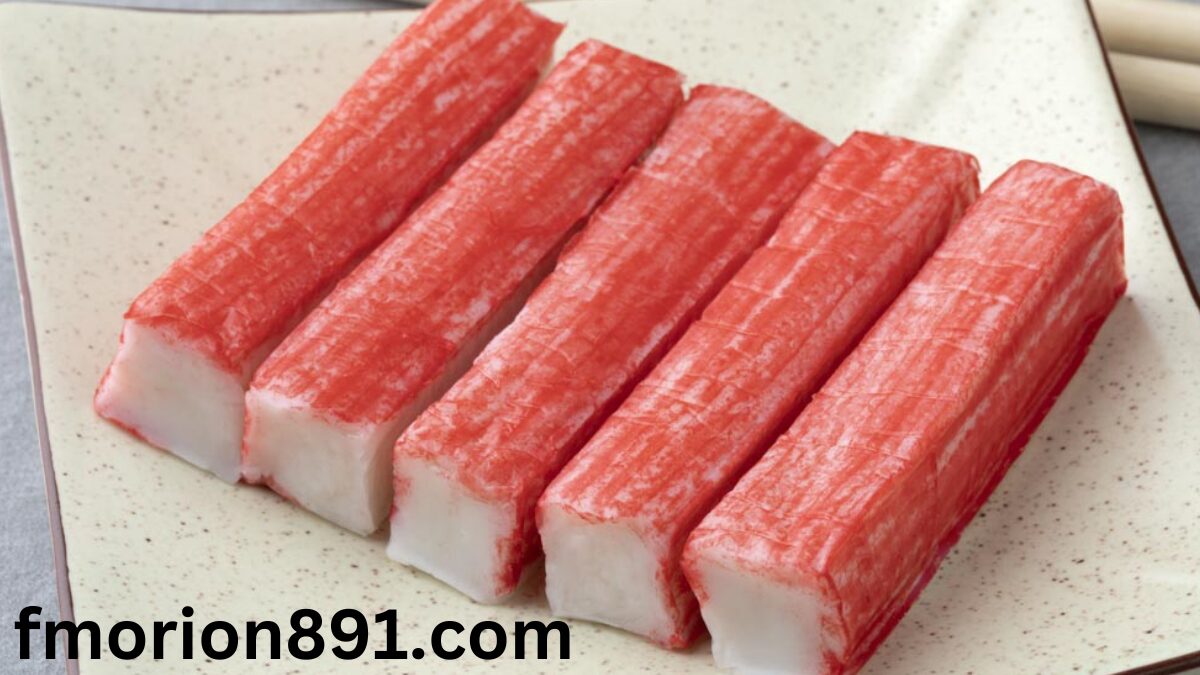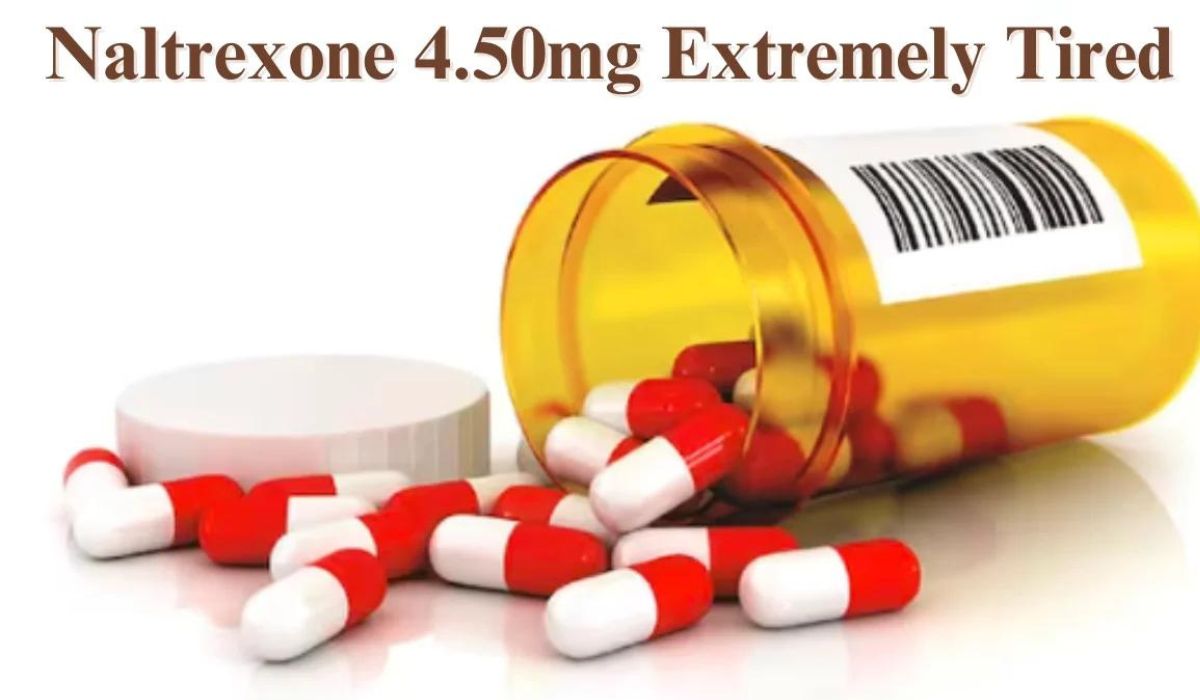Introduction
Kanikama, also known as surimi or imitation crab meat, is a popular processed seafood product that mimics the appearance, texture, and flavor of real crab meat. Although it is not made from actual crab, kanikama has found a significant place in various culinary traditions, particularly in Asian cuisine. This article explores the origins, production process, nutritional aspects, uses, benefits, and drawbacks of kanikama, providing a comprehensive overview of this versatile food product.
Origins and History of Kanikama
Early Development
The origin of kanikama is a topic of some debate, but it is widely believed to have been invented in Japan during the early 1970s. The concept of surimi, however, dates back much further. Surimi, a Japanese word meaning “ground meat,” refers to the fish paste from which kanikama is made. This technique of grinding and washing fish to create a paste has been used in Japan for centuries to make various traditional dishes, such as fish cakes and kamaboko.
Commercialization
The commercial production of kanikama as we know it today began in the 1970s when Japanese food scientists sought to create an affordable alternative to expensive crab meat. They developed a process to shape and color surimi to closely resemble crab leg meat, thus creating kanikama. The product quickly gained popularity in Japan and later spread to other parts of the world, particularly in the United States and Europe.
Production Process
Selection of Fish
Kanikama is primarily made from surimi, which is a paste derived from various types of white fish. The most commonly used fish for surimi production is Alaska pollock due to its abundance, mild flavor, and suitable texture. Other types of white fish, such as Pacific whiting, are also used.
Grinding and Washing
The production process begins with the selection of fresh fish, which are then filleted and deboned. The fish fillets are ground into a fine paste, and this paste is washed several times to remove impurities, fat, and unwanted flavors. This washing process is crucial to achieve the desired neutral taste and smooth texture of the surimi.
Addition of Ingredients
Once the fish paste is properly washed, various ingredients are added to enhance the texture, flavor, and stability of the surimi. These ingredients typically include salt, sugar, starch, egg whites, and various flavorings. The mixture is then kneaded to form a cohesive, elastic paste.
Shaping and Coloring
The next step involves shaping the surimi paste into the desired form. For kanikama, the paste is typically extruded into long, thin strips that resemble crab leg meat. These strips are then colored using food-grade dyes to create the characteristic red and white stripes of kanikama. The red color is usually applied to the outer layer, while the inner layer remains white.
Cooking and Packaging
The shaped and colored surimi is then cooked, usually through steaming or boiling, to set the texture. After cooking, the kanikama is cooled and packaged. It can be sold in various forms, such as sticks, flakes, or chunks, depending on the intended use.
Appearance and Characteristics
Visual Appearance
Kanikama is designed to closely mimic the appearance of real crab leg meat. It typically comes in the form of sticks with red and white stripes. The red outer layer and white inner layer are achieved through careful coloring during the production process. The goal is to create a product that is visually appealing and closely resembles real crab meat.
Taste and Texture
Kanikama has a mild, slightly sweet flavor that is often enhanced with artificial crab flavorings. Its texture is firm and chewy, similar to that of cooked crab meat. While it may not perfectly replicate the taste and texture of real crab, it offers a satisfactory alternative for many consumers.
Nutritional Profile
Macronutrients
Kanikama is a low-fat, high-protein food that provides a lean source of protein. A typical serving of kanikama contains approximately 80-100 calories, 1 gram of fat, 13-15 grams of protein, and 6-8 grams of carbohydrates. The protein content comes primarily from the fish used in the surimi paste.
Micronutrients
While kanikama is a good source of protein, it does not have the same nutritional value as real crab meat. Real crab meat is rich in vitamins and minerals such as vitamin B12, zinc, and selenium. Kanikama, on the other hand, may have lower levels of these nutrients. However, some manufacturers fortify kanikama with vitamins and minerals to enhance its nutritional profile.
Additives and Preservatives
Kanikama is a processed food and often contains additives such as artificial flavors, colors, and preservatives. These additives are used to enhance the taste, appearance, and shelf life of the product. Consumers who are concerned about these additives should look for brands that use minimal additives and high-quality ingredients.
Culinary Uses
In Sushi and Rolls
One of the most popular uses of kanikama is in sushi and rolls, particularly in California rolls. Its firm texture and mild flavor make it an ideal filling for these dishes. Kanikama adds a touch of sweetness and a chewy texture that complements the other ingredients in sushi rolls.
In Salads
Kanikama is often used in salads to add protein and a seafood flavor. It can be shredded or chopped and mixed with vegetables, lettuce, and dressing to create a refreshing and nutritious salad. Kanikama salad is a popular dish in Japanese cuisine and is also enjoyed in many Western countries.
In Soups and Stir-Fries
Kanikama can be added to soups and stir-fries to enhance the flavor and texture of the dish. In soups, it can be added towards the end of cooking to prevent it from becoming too soft. In stir-fries, kanikama can be combined with vegetables, tofu, and sauces to create a quick and delicious meal.
As a Snack
Kanikama can also be enjoyed as a snack on its own. It can be dipped in sauces or eaten plain as a protein-rich snack. Its mild flavor and chewy texture make it a satisfying and convenient option for those looking for a quick and healthy snack.
Benefits of Kanikama
Affordability
One of the main advantages of kanikama is its affordability. Real crab meat can be expensive and may not be accessible to everyone. Kanikama provides a cost-effective alternative that still offers a seafood flavor and texture. This makes it an attractive option for consumers on a budget.
Versatility
Kanikama is a versatile ingredient that can be used in a wide variety of dishes. Its mild flavor allows it to be paired with a range of ingredients, from vegetables and rice to noodles and sauces. This versatility makes it a popular choice for home cooks and professional chefs alike.
Long Shelf Life
Kanikama has a longer shelf life compared to real crab meat, making it a convenient option for those who want to keep seafood on hand without worrying about spoilage. It is typically sold refrigerated or frozen and can be stored for several weeks or even months.
Lean Protein Source
Kanikama is a good source of lean protein, making it a healthy addition to a balanced diet. Protein is essential for building and repairing tissues, and kanikama provides a convenient way to increase protein intake without adding a lot of fat or calories.
Drawbacks of Kanikama
Processed Nature
Kanikama is a highly processed food, which means it may contain various additives such as artificial flavors, colors, and preservatives. These additives can be a concern for individuals who prefer to consume natural and minimally processed foods. It is important to read labels and choose products with fewer additives if this is a concern.
Lower Nutritional Value
While kanikama provides a good source of protein, it does not have the same nutritional value as real crab meat. Real crab meat is rich in vitamins and minerals, whereas kanikama may have lower levels of these nutrients. Consumers looking for the full nutritional benefits of seafood may need to supplement their diet with other sources of vitamins and minerals.
Potential Allergens
Kanikama is made from fish and may contain other allergens such as eggs and gluten, depending on the ingredients used. Individuals with allergies to these ingredients should carefully read labels and choose products that are free from allergens. Additionally, those with seafood allergies should avoid kanikama altogether.
Choosing and Storing Kanikama
Reading Labels
When choosing kanikama, it is important to read labels carefully. Look for products that are made with a high percentage of fish and contain minimal additives. Some brands may use fillers such as starch and sugar to bulk up the product, so choosing a product with fewer fillers can ensure a higher quality.
Storage Tips
Kanikama should be stored in the refrigerator or freezer, depending on how it is sold. Refrigerated kanikama should be used within a few days of opening, while frozen kanikama can be stored for several months. Always check the expiration date and follow storage instructions to ensure freshness and safety.
Variations of Kanikama
Flavored and Colored Varieties
In addition to traditional kanikama that mimics crab meat, there are also flavored and colored varieties available. These products may be designed to resemble other types of shellfish, such as lobster or shrimp. They can add variety to dishes and offer different flavor profiles.
Organic and Natural Options
For consumers looking for a more natural option, there are organic and minimally processed versions of kanikama available. These products are made with fewer additives and may use natural colorings and flavorings. While they may be more expensive, they offer a cleaner ingredient list for those who prioritize natural foods.
Kanikama, or imitation crab meat, is a versatile and affordable seafood product that has found its way into many kitchens










